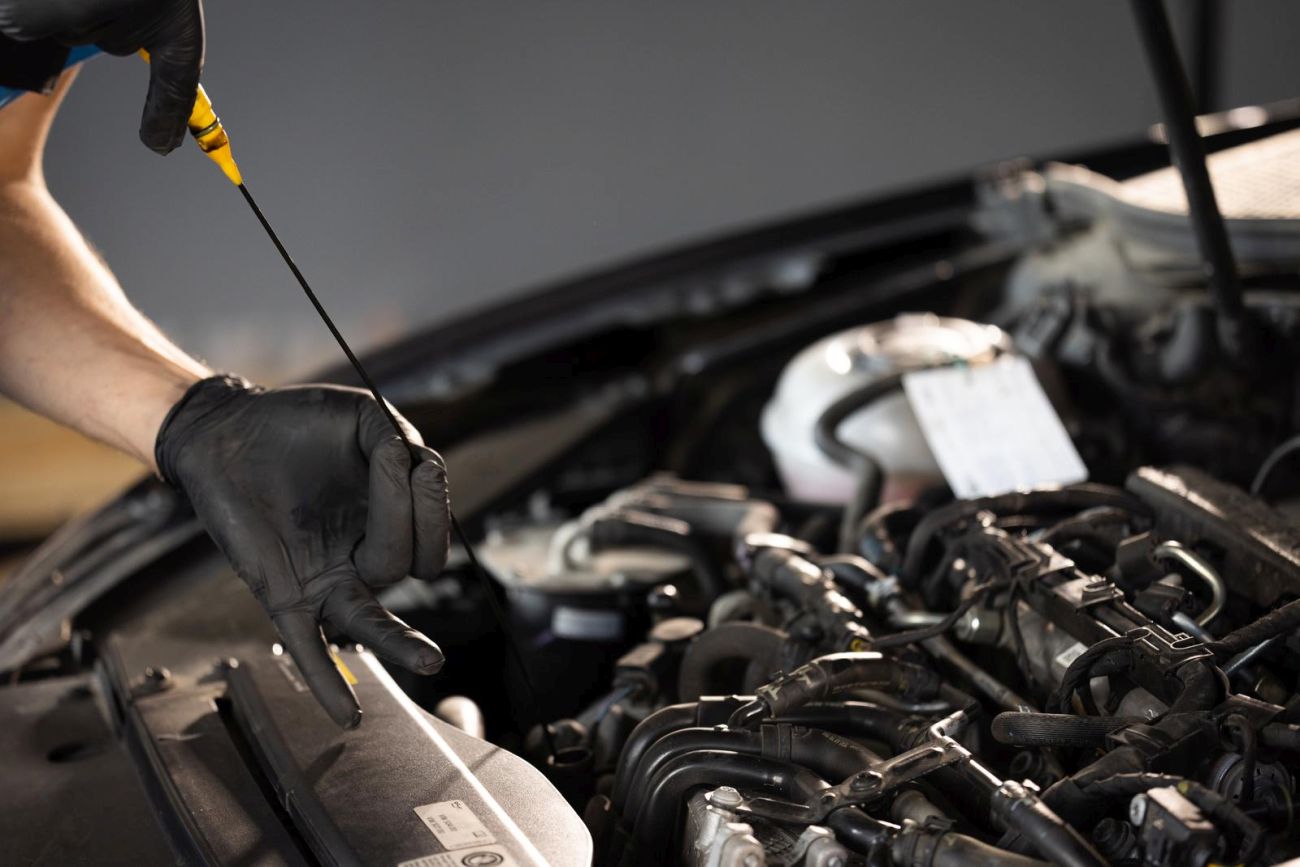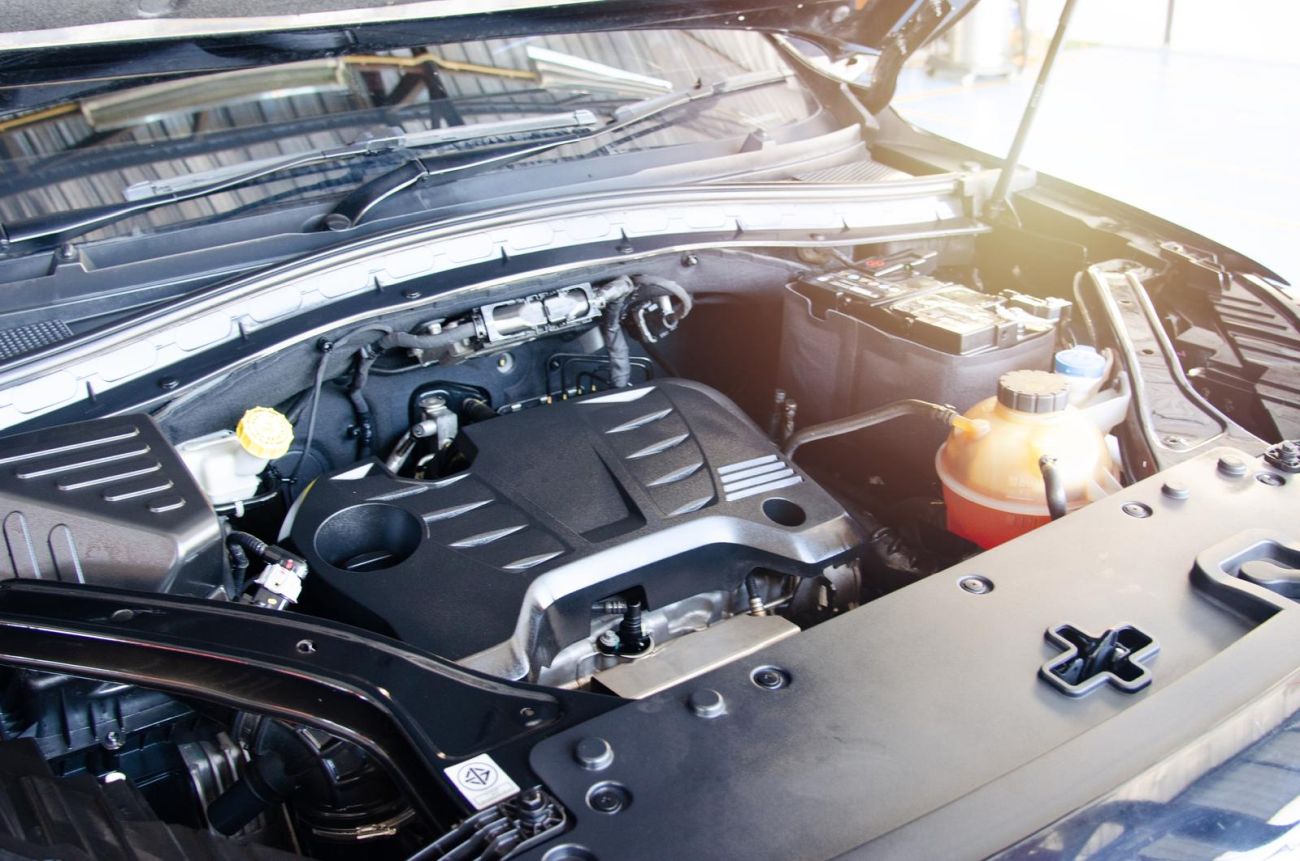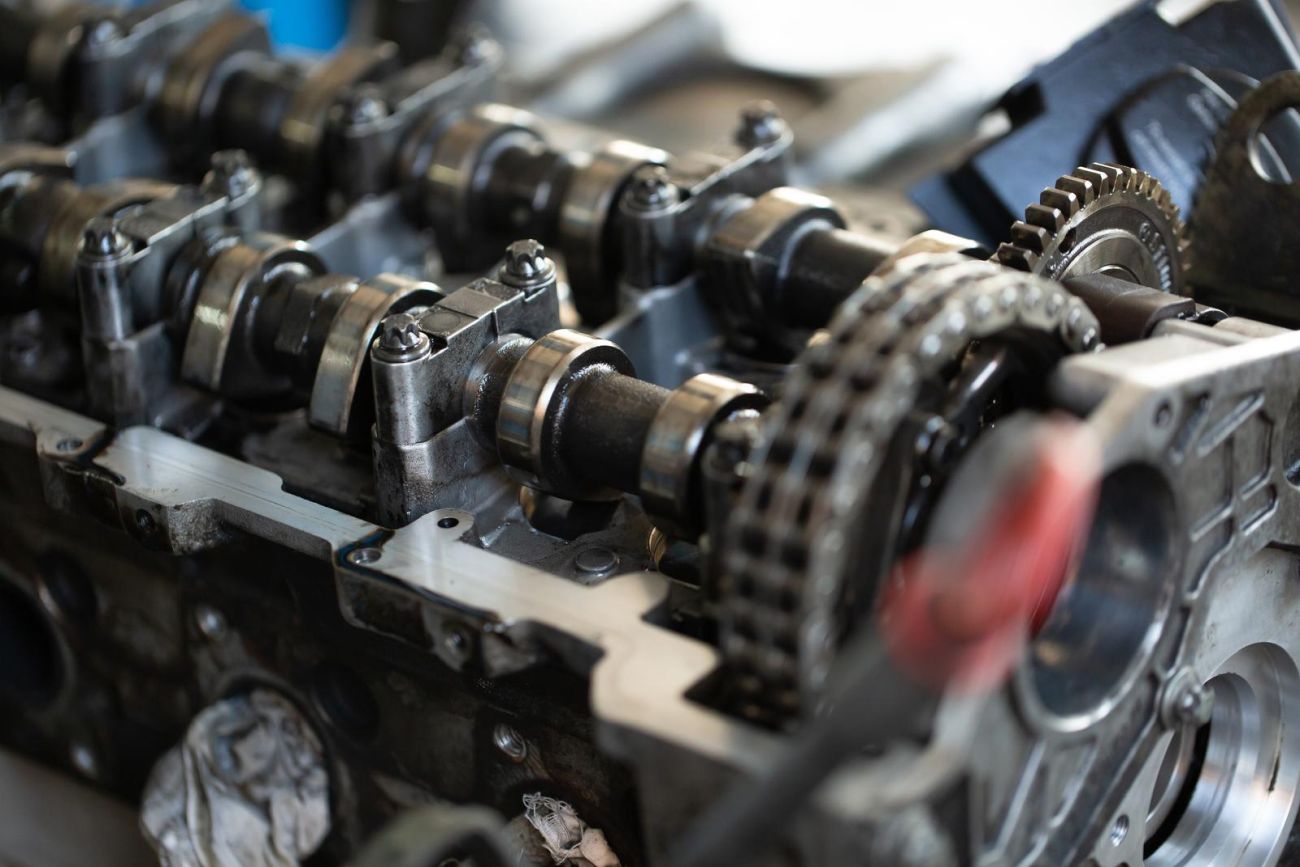
Engine displacement - what does it affect and how is it calculated?
Content
What is engine power and how to calculate it?

So what does engine power mean? This value refers to the difference in indifference created at top and bottom dead center of the piston in the combustion chamber. It can be calculated using the following formula, where:
- d - determines the diameter of the cylinder,
- c - piston stroke,
- n is the number of cylinders.
Covers each cylinder, and on vehicles summarized and reported as engine displacement in cm.3. It is important to note that in cars with in-line units, each cylinder has the same volume value. This is different in V or star engines where the piston stroke may be different. On the other hand, in units with a rotary piston (Wankel engine), the power is a twofold change in the volume of the combustion chamber. Thus, the above formula is conditional.
What affects the size of the engine? What does it look like during contraction?

First of all, the larger the volume of the combustion chamber, the more air-fuel mixture can be burned in it. And the more water gets into the engine, the more powerful the unit. In different years, engines with a working volume of more than 2,5 liters were developed, i.e. 2500 cmXNUMX.3considered a sign of luxury and prestige. They offered a 150 hp engine. and more. The situation has changed somewhat since staff reduction, where a large number of manufactured units are equipped with turbochargers.
Engine size and power - how have they changed? What is worth knowing about the amount of horsepower?

For comparison, it is worth looking at car models produced in the 70s. American muscle cars they had huge - by today's standards - divisions. Most of them had 8 cylinders, and the engine capacity even reached 6,5 liters. How did this affect power? From such a unit, it was initially possible to get a little more than 300 hp.
However, currently an incredibly interesting project is the Aston Martin engine installed on the Valkyrie car. It has a 12L V6,5 engine. What power did you draw from it? We are talking about 1013 hp! You can see that technological progress allows you to do things that are practically impossible.
Okay, but those were typical sports divisions. What about street models? A driver who wants to move around the city should have about 100 km under his feet. This value provides decent performance. Under current conditions, this requires a 999cc engine.3. Such an engine can be found, for example, in the fifth generation Renault Clio. Similar power can now be squeezed out of atmospheric engines, the volume of which is approximately 1,4-1,6 liters.
The optimal engine size - the more the better?

In terms of power and torque, the larger the displacement, the better. However, in practice this means higher operating costs. It's not just the increased fuel consumption. V6 or V8 engines often have a complex valve timing design, and replacing its drive often even involves disassembling the engine. Of course, this dramatically increases costs. In addition, the larger the engine, the rarer it is. As a result, access to parts may be limited. However, do not exaggerate, because tiny engines, which are treated without mercy, can also be voracious and expensive to maintain.
So if you are wondering which car to choose, answer the question what you need. The larger the engine, the more fun, but also more expensive. A smaller engine often means less fuel consumption, but also a large unknown associated with the strength of the loaded unit. The choice is yours.
